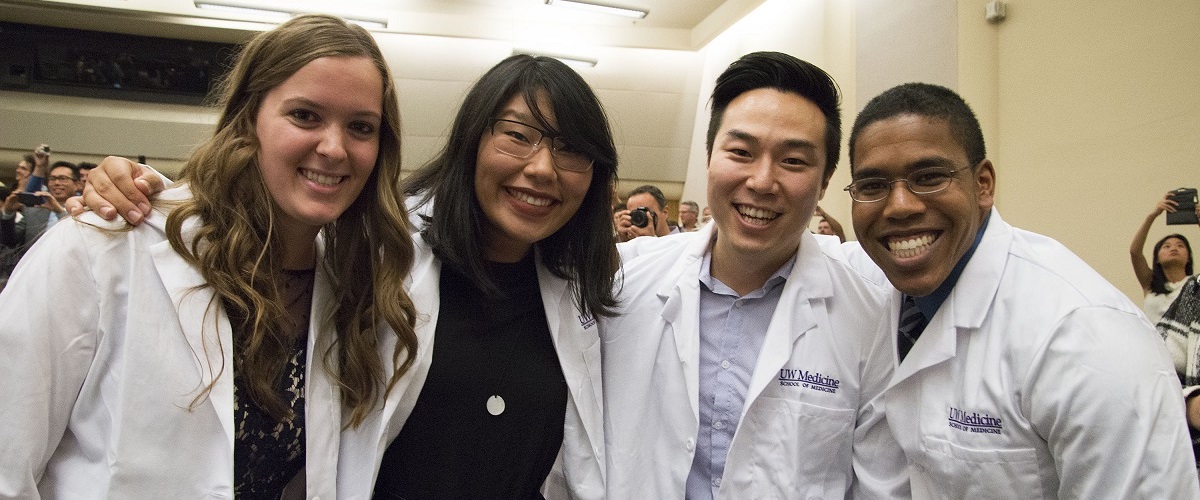
The next generation of doctors must understand far more than chemistry and human anatomy. They will need to collaborate as part of a health care team to meet the access, safety, and quality needs of all patients. And they will need to be aware of and appreciate broader sociocultural issues that may inform their interactions with diverse colleagues, patients, and communities. Likewise, future medical students need a foundation of technical knowledge and professional skills to successfully learn and develop in medical school and become effective physicians.
Premed Competencies for Entering Medical Students
The premed competencies highlight essential knowledge, abilities, and skills for entering medical students. The 17 premed competencies cover a broad range of professional, science, and thinking and reasoning competencies and serve as a road map for students as they prepare to succeed in medical school. They highlight the areas medical schools consider important and what admissions committees evaluate in each applicant through a holistic review of the application.
Originally created in 2011, the premed competencies were updated this year through a joint effort between the AAMC and members of the academic medicine community to reflect current and future expectations for new medical students. Medical school admissions, student affairs, diversity affairs, faculty, and students — as well as prehealth advisors and competency experts — discussed changes to undergraduate medical education and identified characteristics of students who are better prepared to learn in medical school.
While many aspects of medical education have remained the same, the curriculum and environment have evolved. More often, medical students are learning in different ways — large and small groups, lecture and case-based learning, and in-person and virtual formats. They are engaging in clinical experiences earlier in their educational journey with peers in different health professions, patients, and communities and learning more about critical topics in diversity, equity, and inclusion. These changes require future physicians who can understand different perspectives, engage in self-reflection, demonstrate humility, and have the desire to grow and learn.
Getting Ready for Medical School and Preparing Your Application
Medical school admissions committees will begin evaluating applicants on the updated premed competencies in the 2025 application cycle. Prehealth students learn and develop premed competencies through different coursework and experiences within and beyond medicine and health care. Students can demonstrate this development and readiness through multiple components of their medical school application.
The AAMC offers resources designed to support premed students as they develop these competencies, including:
- Premed Competencies
- Anatomy of an Applicant Guide
- Anatomy of an Applicant Student Profiles
- Self-Assessment Worksheet: Premed Competencies
- Self-Assessment Worksheet: Experiences
As you prepare for medical school, we encourage you to review the premed competencies and reflect on them during your experiences. Keep in mind what you have learned and consider how these competencies will play a role in your future career in medicine. Good luck as you begin your journey to becoming a physician!